Photography, as a genre of art, took over Europe and the United States of America a long time ago. Famous photographers started to appear one after another as soon as photography gained its popularity. After that, various types of photography emerged, talented artists began to show and sell their most amazing works from the exhibitions.
New and new tendencies and fashion took over the generations of European and American photographers, while for the photographers of Arabic and Middle Eastern countries the art of taking pictures was still new. During the nineteen nineties, the first Arab photographers started to participate in the exhibitions and festivals of photography, yet they did not even have a category they would fit in. Arabic photography as a stream was non-existent back then. (Estrin, 2014, par. 6).
Though, according to the first findings, photography in the Arabic countries started to develop from the end of the nineteenth century. This was the time when the first photo studios began to appear. Tough the first people that were involved in this kind of business were non-Muslim. Islam did not approve of photography and the idea of taking a picture. Basically, having any artistic occupation as a profession and a source of income was considered to be not noble and embarrassing.
This is why not many young people would develop an interest in the art of learning photography. Though photography was not completely banned out of the region, the studios did exist. Back then, in Arabic countries, photography was not used as art, and it was not viewed from the esthetic point of view, it had other, more materialistic functions. For example, the salesmen would photograph their goods, the engineers or constructors would take pictures of their buildings and sites, doctors photographed bodies (Estrin 2014, par. 9).
Earlier all the photography of Arab countries, people, landscapes and buildings was taken by the travelling photographers, not by actual Arabic people. These days the situation is very different. The art of photography has taken a serious leap through the last several decades. This is why nowadays there are many talented photographers of Arabic origin, both males and females.
Arabic photographers, who specialise in taking photos of the locations and people living in the region, suggest a view from the inside of the Arabic society, the Arabic life the way no one normally sees it (Smith 2014, par. 10). On the photos by Samer Mohdad, we can see the children smiling at each other surrounded by the signs of destructions brought by the war and children gathering to learn Palestinian national dance called Debkeh.
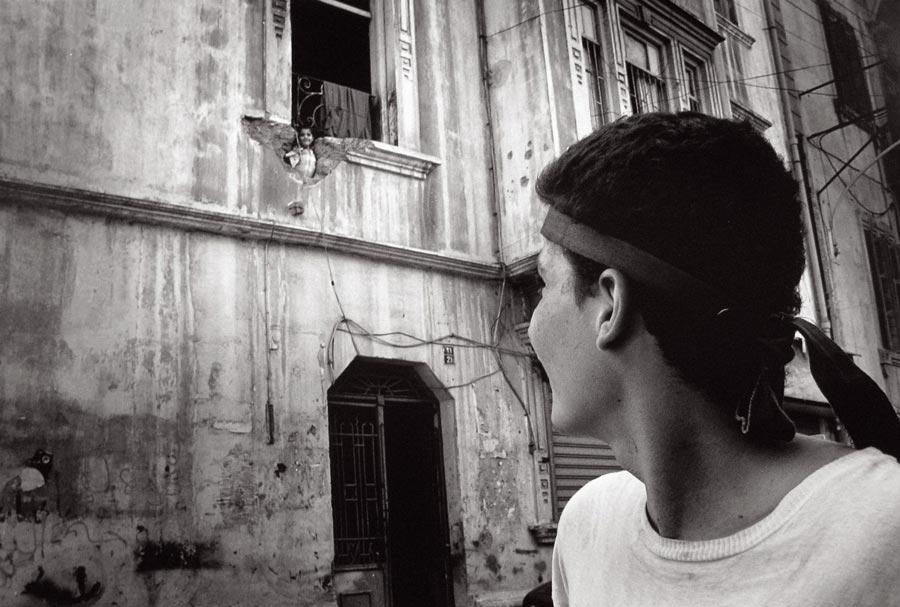
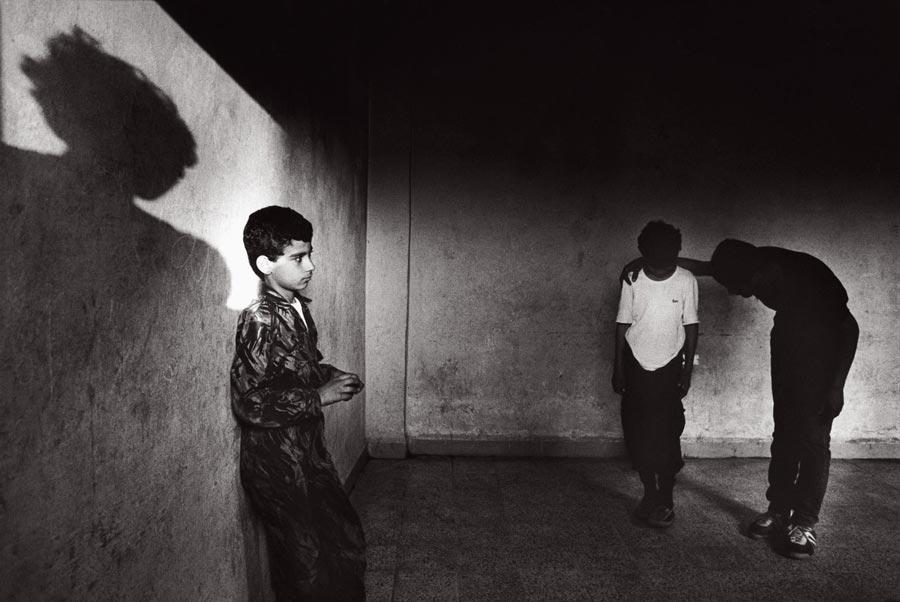
In the modern world, there is a big interest in the development of contemporary arts in Arabic countries because there is little known about this subject (Reznik 2014, par. 4). Most of the modern Arab photographers grew up in Western Europe or the United States. This is why their works have a mixture of ideas and styles in them. These artists have more than one side – the Arabic side and the western side – due to this contradiction, their works turn out so interesting.
A great example of this type of artist is Hassan Hajjaj, who grew up in the UK, he is called Moroccan Andy Warhol for his bright patterns and unusual views, his works are recognisable because they stand out from the mass of other photographs, Hajjaj likes to play with the stereotype of an Arab person, their outfits, behaviour, locations.
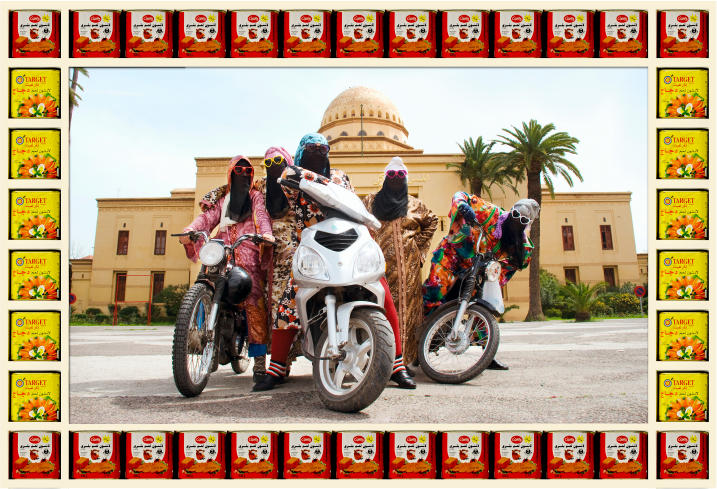
Documentary photography is a quickly developing genre in modern Arab arts. Documentary photography is supposed to be objective, yet it always has a point of view. It is important for the Arabic countries that their stories are told to the world not from the point of view of a stranger or a newcomer, but from the point of view of an insider, someone who knows the situation closely, who have experienced it before, who is able to suggest a deeper and wiser look on the things.
In other words, in the genre of documentary photography, it is extremely important who is holding the camera (Shah 2013, par. 2). Otherwise, the scenes in the photos have a tendency to be misunderstood and misinterpreted, and the modern Middle East and the Arab world cannot allow more stereotypes and misinterpretations.
The contemporary female documentary photographers of Arabic and Middle Eastern countries took war and other women as the targets for their cameras. They offer a female approach towards war; they are looking for creation inside of the destruction. They produce sensitive and touching images of Arabic women of different kinds, ages and characters, show the sides of lives modern of Arabic ladies that the western world might still be unaware of.
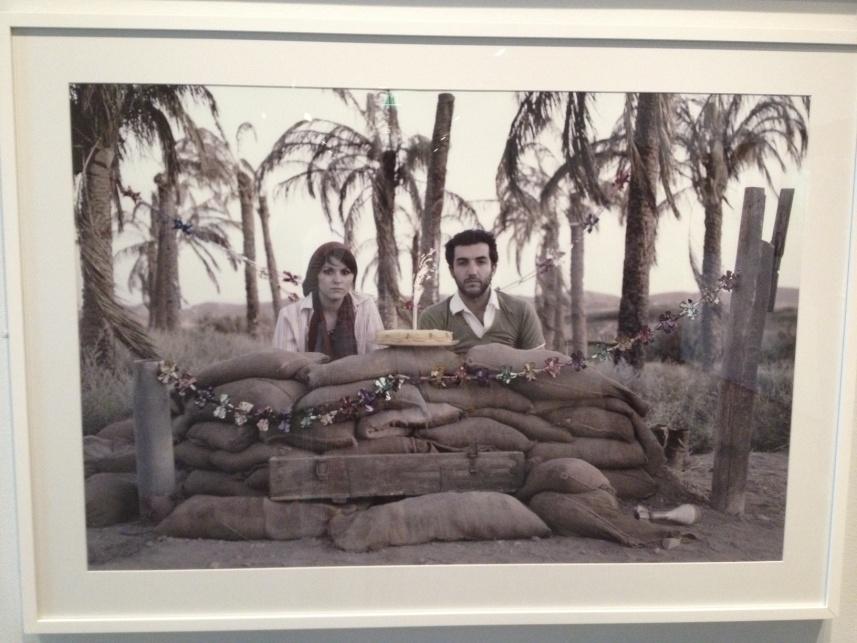
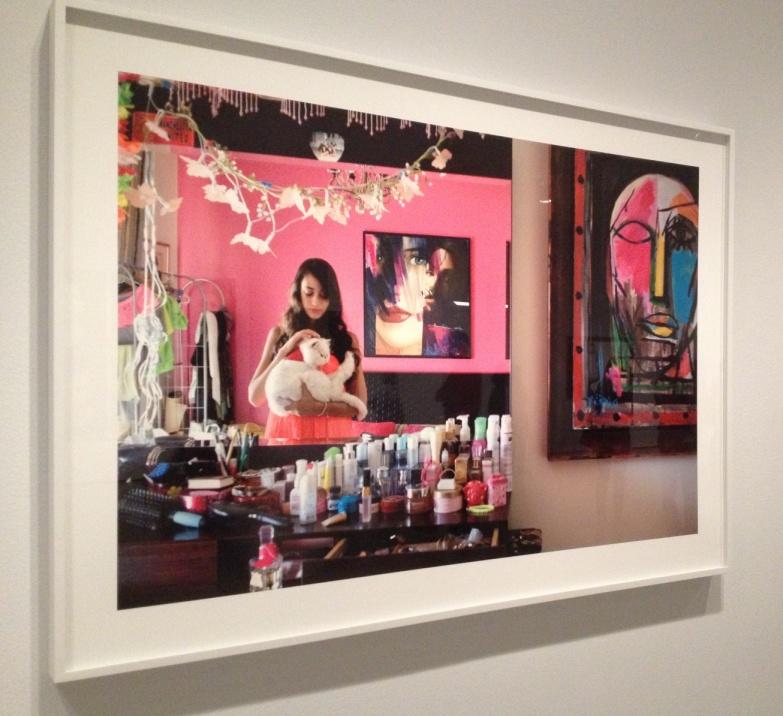
The western fascination towards the development of contemporary arts on the territory of Arabic countries is understandable, not much is known about the lifestyle and culture of those people, their life remains a big mystery filled with stereotypical ideas prejudices, and the more these prejudices are proven wrong, the stronger the fascination to know the truth and to learn more becomes.
Works Cited
Alia, Beirut, Lebanon, 2014. Web.
Children of the War, 2014, image. Web.
Estrin, J. 2014, An Inside View of Arab Photography. Web.
Kesh Angels, 2014, image. Web.
Reznik, E. 2014, Shining a Spotlight on Arab Artists, Fotofest Biennial Opens in Houston. Web.
Shah, N. 2013, She Who Tells a Story: Women Photographers from Iran and Arab World. Web.
Smith, A. 2014, View From Inside: Contemporary Arab Photography, Video and Mixed Media Art. Web.
Untitled, 2014, image. Web.